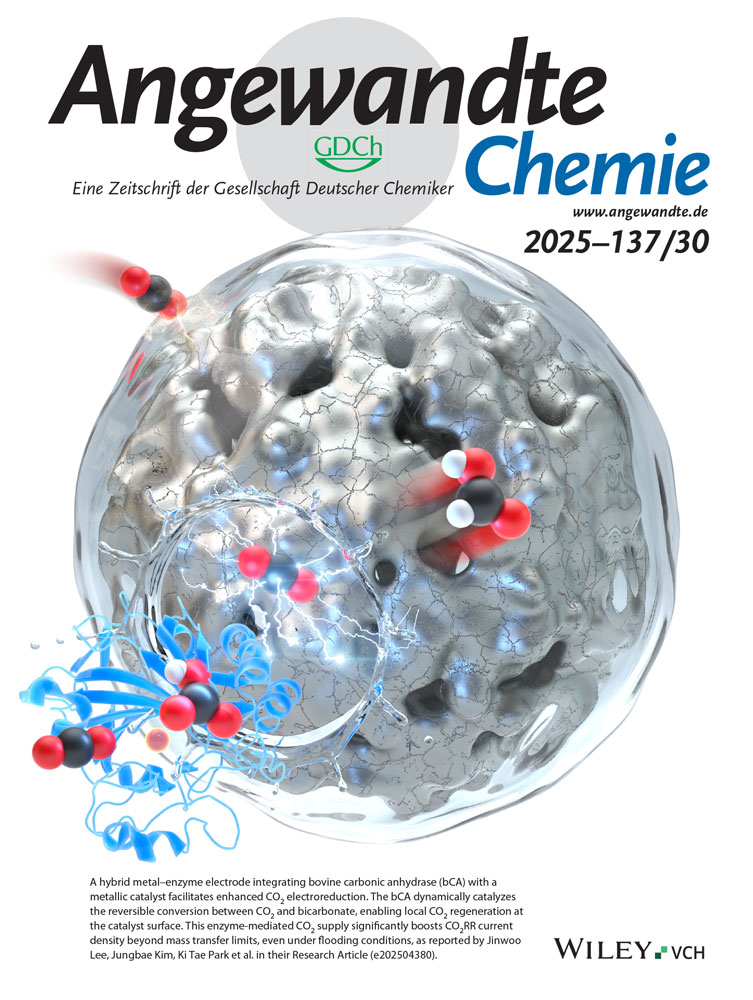Unlocking Precision in Biomass Conversion Through Functional Ligand Engineering of Lewis Acidic MOFs
Abstract
Glucose isomerization to fructose is a key factor in cellulosic biomass utilization. Thus, achieving highly efficient fructose production and understanding the dominant reaction route remain crucial goals. Hereby, this study refines a precise ligand engineering strategy applied to the typical metal–organic framework, UiO-66, generating a series of Lewis acidic UiO-66-based catalysts with only subtle structural adjustments. Among all, UiO-66-pCl-SBA possessed the strongest Lewis acidity and the best glucose isomerization performance. Further investigation elaborates the crucial contribution of both Lewis acid amount and specific acid nature to enhanced catalytic reactivity, given a high fructose yield of 47% at glucose conversion of 63%, achieved with a UiO-66-STPA(49%). The increased acid density with specific Lewis acid strength is computationally identified to promote glucose polarization, facilitating the isomerization process. Density functional theory calculations reveal that incorporating functionalized ligands and increasing their proportion markedly decrease both the electron density at Zr sites and the material's band gap, which in turn benefits the Lewis acid strength and catalytic activity enhancement. This work highlights the significance of Lewis sites’ nature and its effect on glucose isomerization performance.
Conflict of Interests
The authors declare no conflict of interest.
Open Research
Data Availability Statement
The data that support the findings of this study are available in the Supporting Information of this article.




